Discover the warmth and richness of teak wood.
Once teak, always teak.
Discover the warmth and richness of teak wood.
Once teak, always teak.
History of Teak
Teak is a tree of Asian origin known for its high-quality and durable wood. Its history dates back centuries, being used in the construction of temples and furniture in ancient times. During European colonization, the trade of teak intensified, and plantations were established in different parts of the world many years ago.
Teak wood is used in the manufacturing of furniture, flooring, boats, and other high-end products. However, the trade of teak has faced challenges related to illegal deforestation and the illegal timber trade.
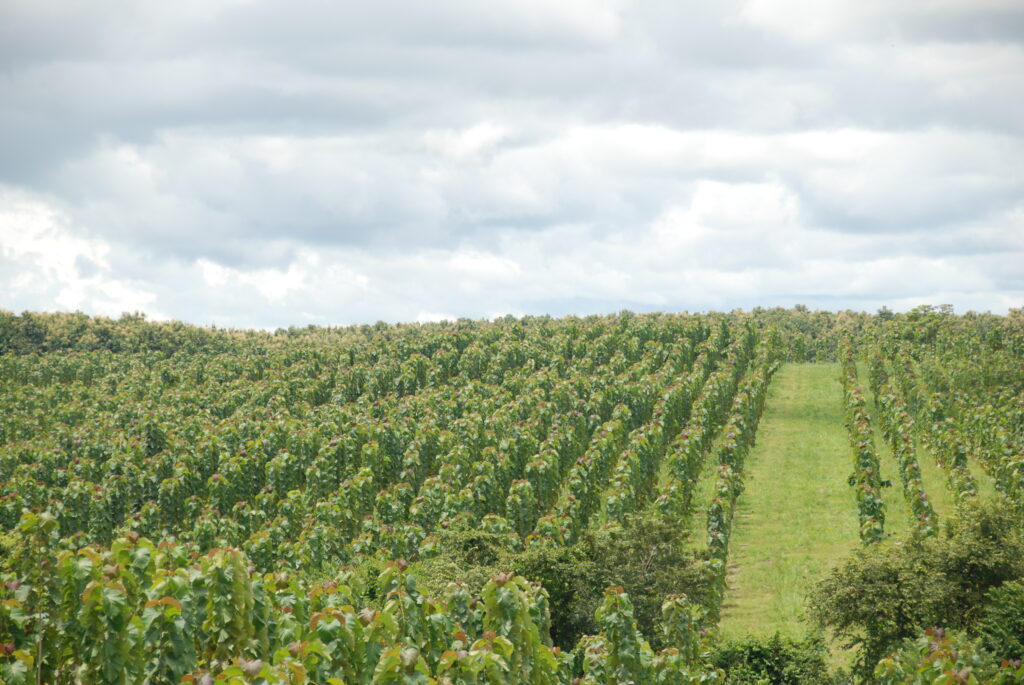
In response to these challenges, sustainable forest management and the certification of teak wood from responsible plantations are increasingly promoted. Teak continues to be valued in the timber industry for its beauty and durability, and efforts are made to balance its utilization with the conservation of forest resources.
Teak
What is Teak?
Teak is an evergreen tree that belongs to the verbena family and is native to tropical Asia, although it is now cultivated in many parts of the world. Its scientific name is Tectona grandis.
Teak wood is highly prized for its high resistance to moisture and natural durability, making it ideal for use in shipbuilding, outdoor furniture manufacturing, and construction of houses and buildings.
Teak Wood is also resistant to termites and other insects, making it very popular in the construction industry.
In addition to its use in construction and furniture, teak is also used in the production of teak essential oil, which is used in perfumes and cosmetics.
Teak is a renewable resource, but its cultivation can have a negative environmental impact if it is not done sustainably.
Therefore, it is important to seek teak wood certified by organizations that promote responsible forestry practices.
Properties and characteristics
Durability
Teak wood is highly resistant to moisture, insects, and decay, making it perfect for use in humid and outdoor environments.
Dimensional stability
Teak has low contraction and expansion due to changes in humidity and temperature, making it ideal for use in outdoor environments.
Perfect combination
Teak is the preferred choice in boat construction for several reasons: its non-slip surface, lack of loose fibers, low tendency to crack, thermal stability, and resistance to rot.
Natural beauty
Teak has a golden color and a beautiful texture that ages elegantly over time.
Resistance to decay:
Teak wood contains natural oils that protect it from decay, making it suitable for applications in humid environments.
Versatility
Teak wood is used in a wide range of products, from furniture and flooring to decorative panels and kitchen utensils.
Sustainability
When is plant in a sustainable manner, teak can be a renewable and responsible source of wood, things that convert in an attractive option for consumers who are searching for environmental respectful products.
Corrosion resistance
Teak is corrosion-resistant and is commonly used in boat building and other marine structures.
Planting
and cultivation of teak
Teak is a tree species primarily cultivated for its high-quality and durable wood.
Here are some important aspects of teak planting and cultivation:
Planting
and cultivation of teak
Teak is a tree species primarily cultivated for its high-quality and durable wood.
Here are some important aspects of teak planting and cultivation:
Choosing a site
Teak (Tectona grandis) is an evergreen tree native to South and Southeast Asia, including countries such as India, Indonesia, Thailand, and Malaysia. Teak has been used by Asian cultures for centuries. Teak wood was used by ancient Thais to build temples and palaces, and by Hindus for building boats and furniture.
Teak requires a warm and humid climate, as well as well-drained and fertile soil. It is recommended to select a site with an average annual rainfall of at least 2,500 mm, without significant temperature variations throughout the year and with a dry season of 3-4 months. In Panama, we have these climatic conditions, allowing us to produce high-quality teak.
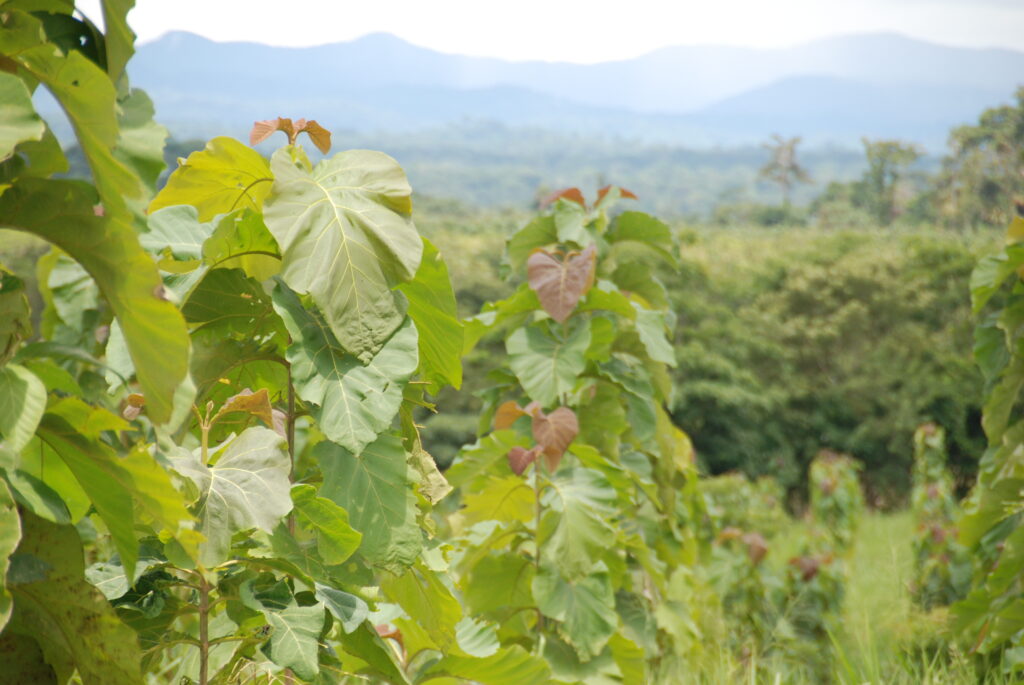
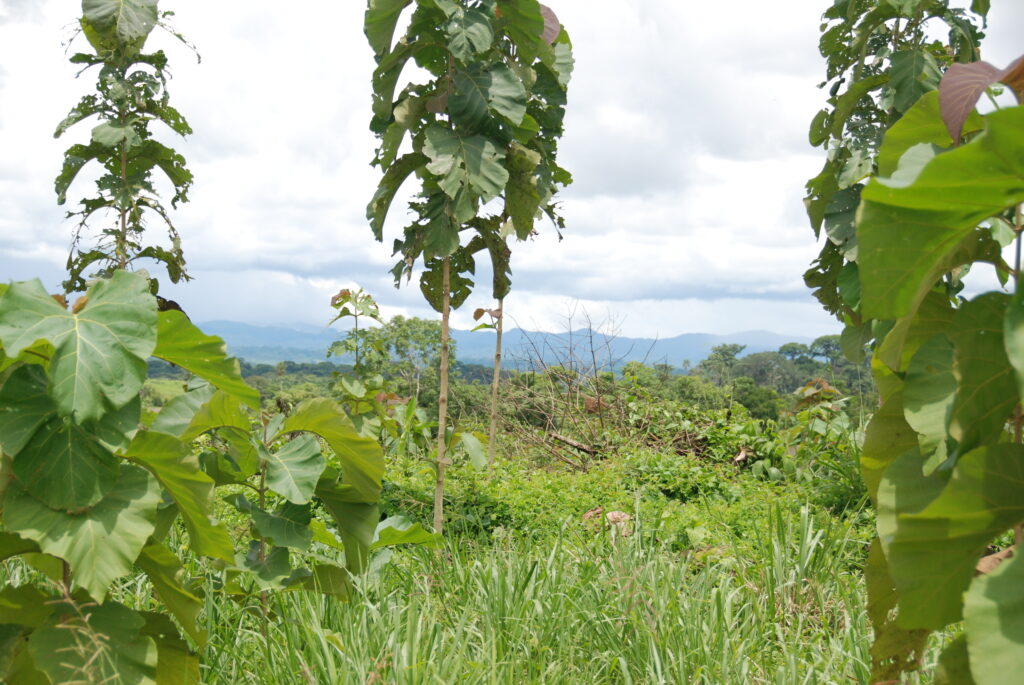
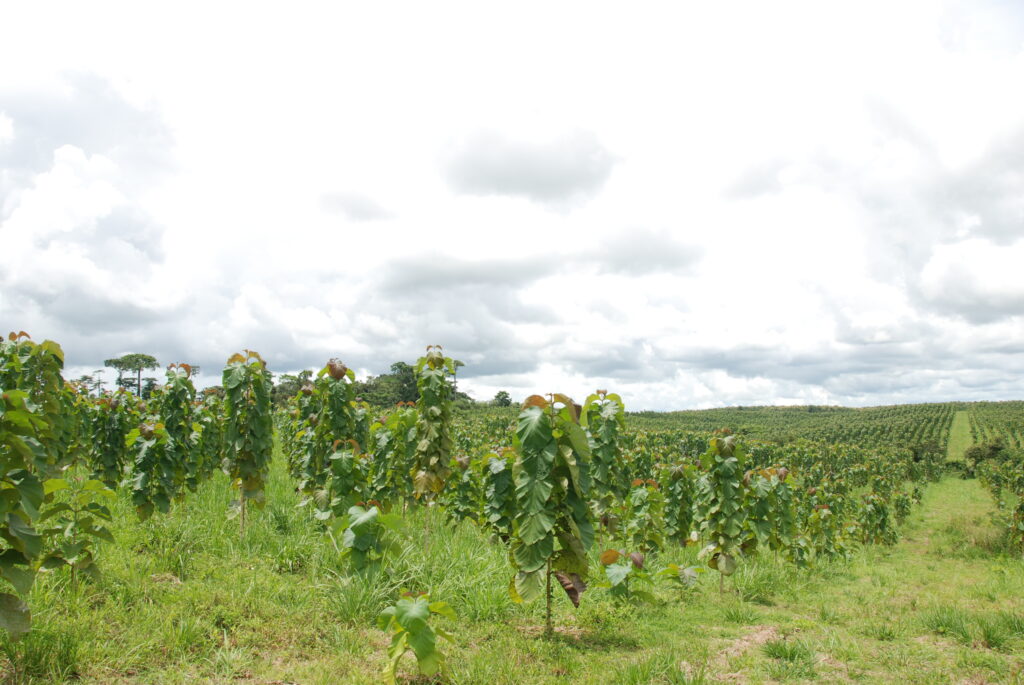
Teak clones
They are plant that had been let grow from vegetal material of a specific teak tree, cuttings and branches, instead of seed. These clones have the same genetic information as the original tree and, because of that, it is expected that they have similar characteristics, like wood quality, growing and disease resistance.
Teak clones have been used in the forestry industry to produce high-quality wood and ensure greater uniformity in planted forests. Furthermore, teak clones can be cultivated in nurseries and then transplanted to forested areas, which can accelerate growth and wood production.
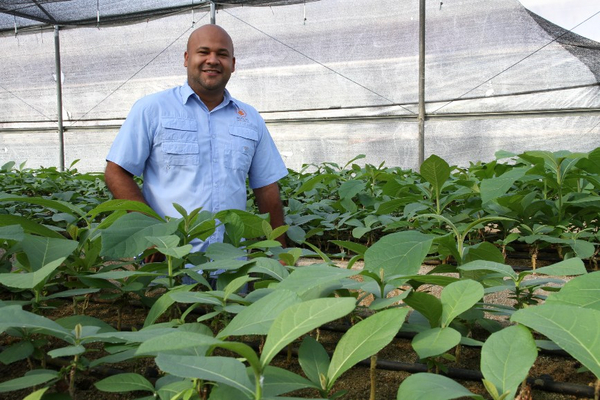
Harvesting
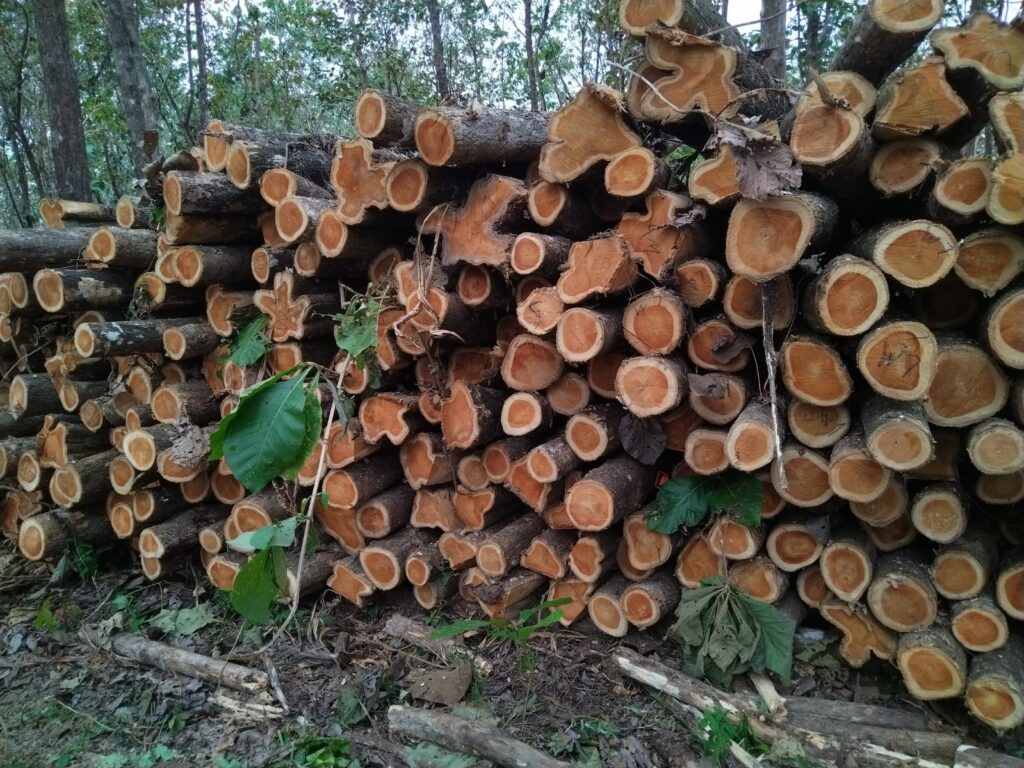
Teak can be harvested after 25 to 30 years of its plantation, depending on the plantation's purpose and market conditions.
Harvesting must be done carefully to avoid damaging the remaining trees and maintain the sustainability of the plantation.
The planting and cultivation of teak require careful site selection, well-planned planting, and constant care and management.
If done properly, certified teak plantations are profitable, sustainable investments and drivers for rural economies.
Sustainability
of teak
The sustainability of teak is a very important issue due to the increasing demand for teak wood worldwide. Below are some key aspects related to the sustainability of teak.
One way to ensure the sustainability of teak is through forest certification, which verifies that the management of teak forests is carried out responsibly and sustainably. The most well-known certification seals include the Forest Stewardship Council (FSC).
Teak plantations are a way to produce wood sustainably, reducing the pressure on native forests. Plantations have positive impacts on the environment and society, enriching the soil with nutrients and providing habitats for various species, contributing to a more balanced and healthy ecosystem.
Responsible teak management is based on implementing good cultivation and harvesting practices that promote positive environmental and social impacts. These practices include the use of sustainable methods, the protection of natural areas, and the promotion of fair and safe working conditions for laborers. By adopting these practices, not only is the environment benefited, but the well-being of local communities is also improved, and the sustainable production of high-quality teak is ensured.
Natural teak forests are vital for biodiversity and the well-being of local communities. Protecting these forests is crucial for ensuring the long-term sustainability of teak.
Research and innovation can improve the sustainability of teak, either through the development of more efficient and environmentally friendly cultivation practices or by identifying new tree species that can be used as alternatives to teak.
